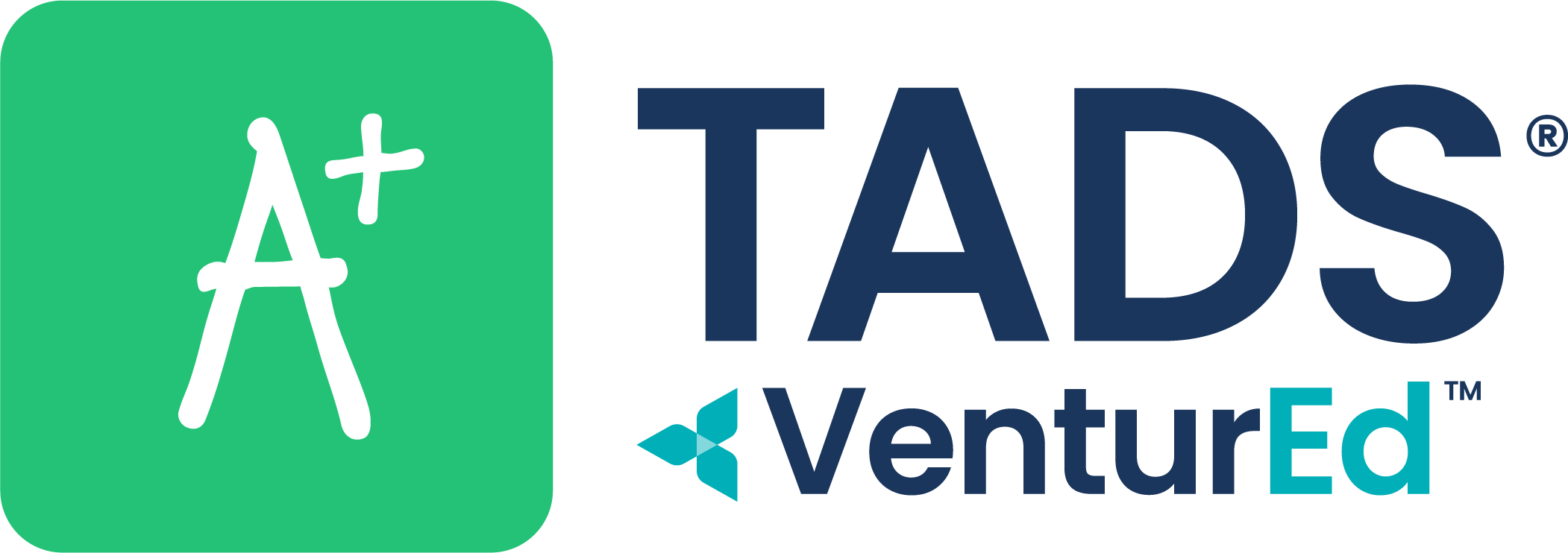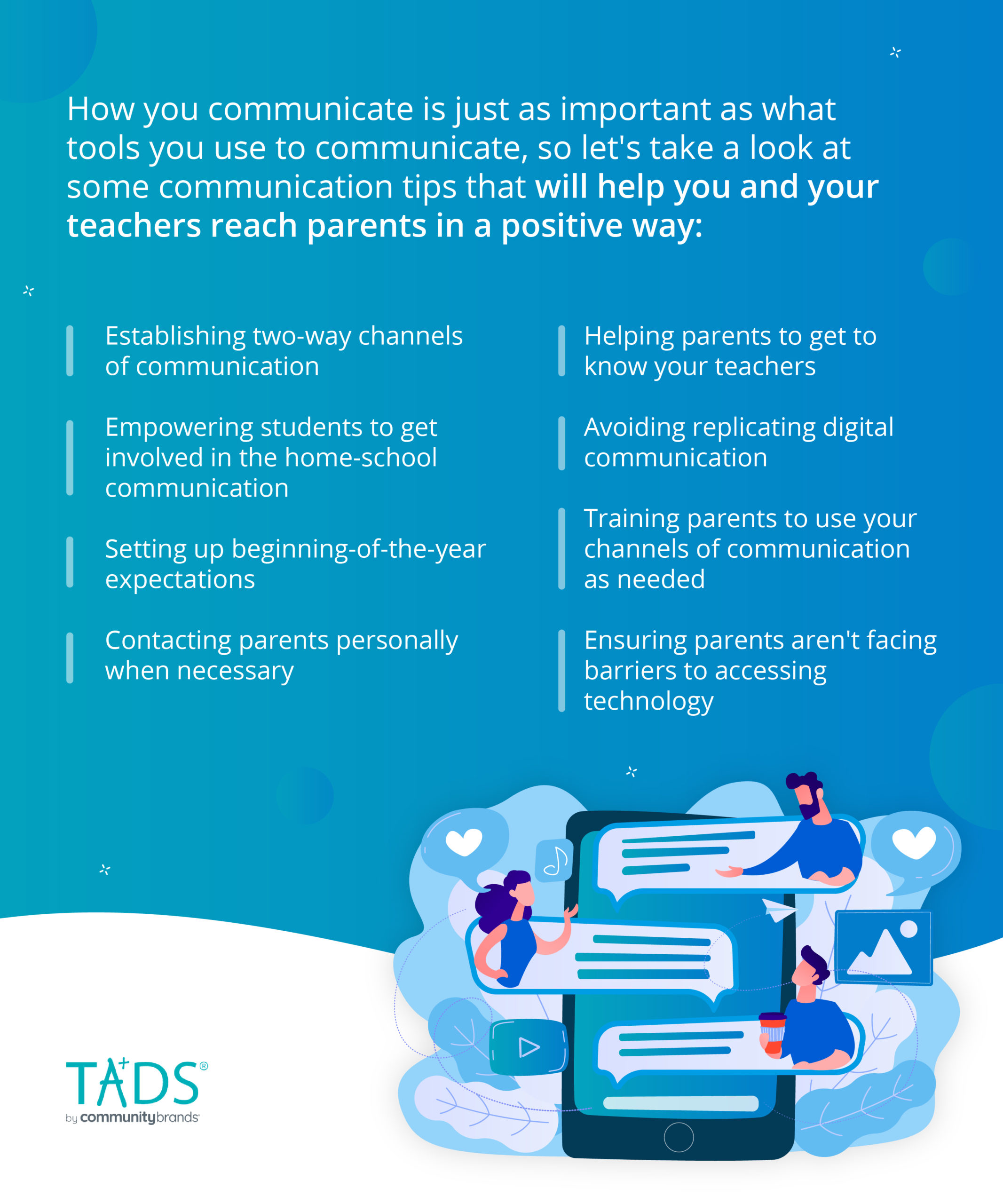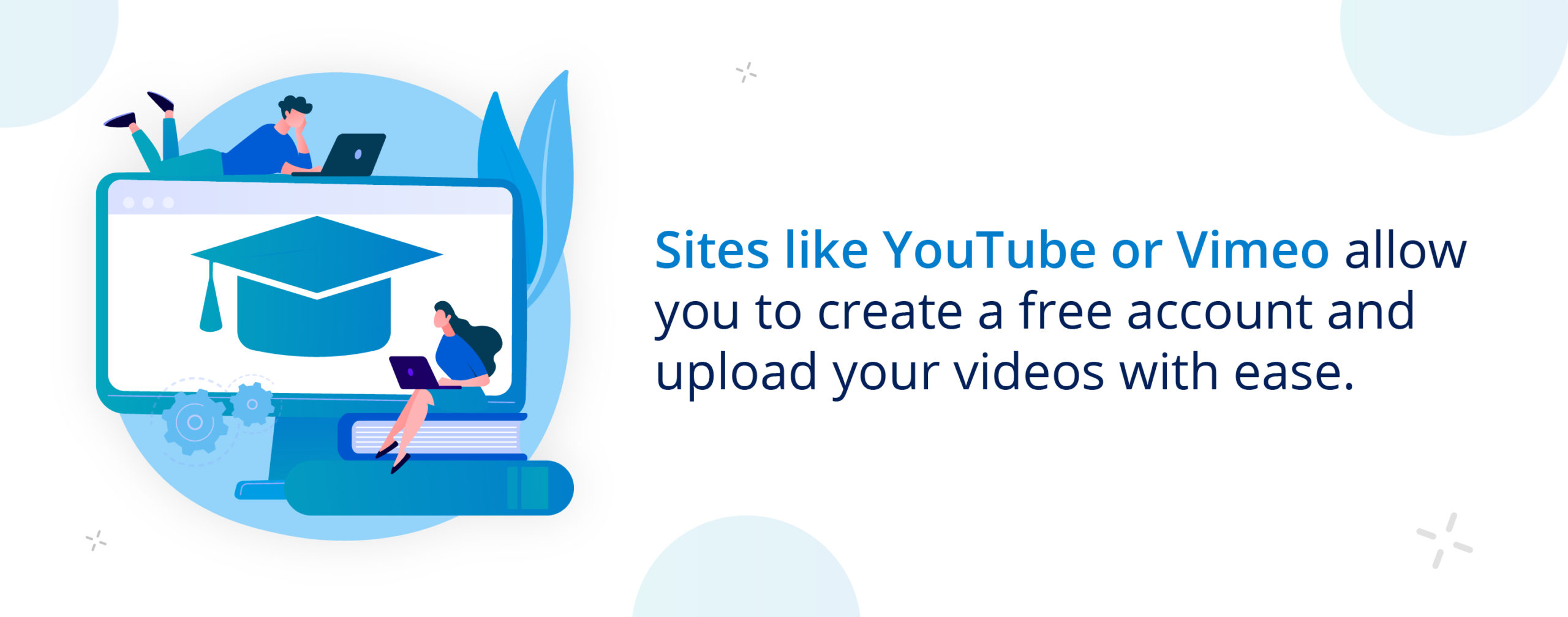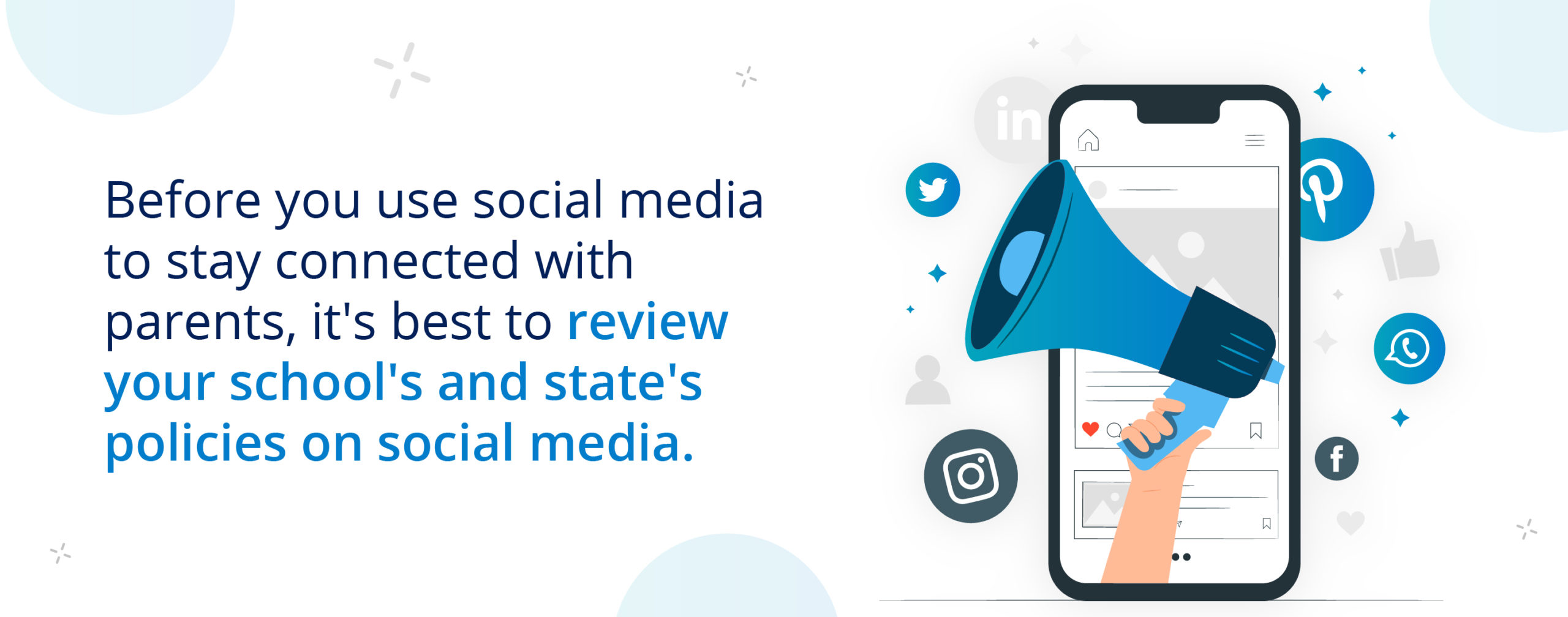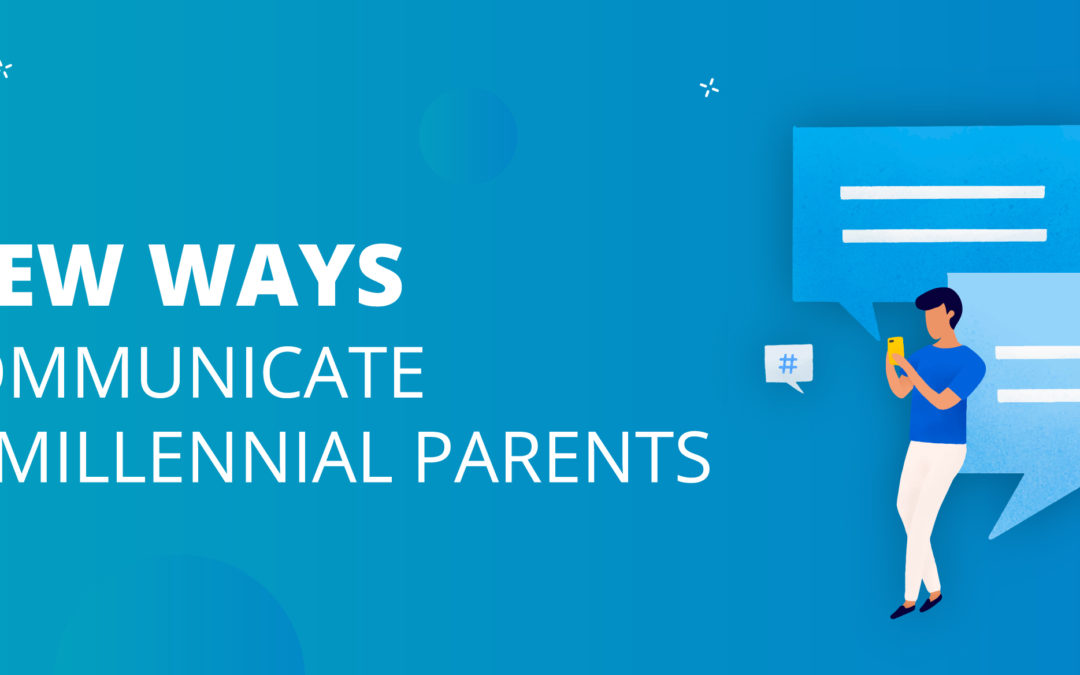
Communication is critical when interacting with parents, especially since a parent’s involvement in a child’s education can be paramount in their success. Sometimes it can be a challenge to get parents involved with their child’s schooling because of what they may be juggling in terms of their work and personal lives. This is why it’s essential to reach out to parents in a way that will speak to them and their busy schedules.
Schools have a new generation of parents to learn to communicate with: millennials! So, how can schools communicate with millennial parents in particular? Let’s look at 10 different ways.
1. Ways to Communicate with Parents through Blogs
Your school can incorporate blogs in many different ways to get parents to engage. Teachers can create class blogs, or your school can have one larger blog that teachers can contribute to regularly or as they see fit. Blogs can feature written information and fun pictures to go along with them.
Class Blogs
Starting a class blog is a great way to involve parents in the day-to-day workings of your classroom and any special projects that may be coming up. Class blogs allow parents to see what exactly their child is learning, and they can be a resource for parents to get conversation starters for home. That way, their child will feel acknowledged and supported in their education. If you want parents to be even more involved, allow them to comment on class blog posts so they can feel heard and acknowledged as well.
For example, let’s say a teacher doesn’t know what to ask parents to bring for a holiday party. They can reach out for suggestions on a blog post. Parents can comment with their recommendations on what they would like to contribute.
School Blogs
Sure, you might have a school website, but can parents and teachers interact with it? A school blog allows parents to stay updated on important school events, deadlines and new learning curriculum. You might also let teachers contribute to your school blog with studies about new teaching methods or anything else they feel is important or interesting for parents to stay in the loop about.
2. Video
Children often find television and videos engaging because of their visual nature. You might consider creating a video blog that students can help produce and parents can interact with. That way, students will get the opportunity to learn how to produce videos, and parents will watch the results of this learning. For example, let’s say one of your first grade classes is learning about bus safety. It would be fun for the students to act out bus safety skills and for parents to watch.
In this age of technology, making a video is easier than ever. You can download free video-making software for your laptop or computer. For example, Lightworks is a free video-making software that is easy to use and easy to teach someone else how to use.
Sites like YouTube or Vimeo allow you to create a free account and upload your videos with ease.
3. Podcasting
Podcasting is more popular than ever. Parents to listen to pertinent information from their child’s school while on the go or relaxing at home. Having students produce a class or school podcast is an excellent way for them learn about the process and enhance their production skills, reading skills, listening skills and speaking skills.
You can publish your podcast material by uploading the audio on a blog or teaming up with a radio station.
4. Newsletters
Most people are used to sending and receiving emails, which is why having your teachers email out their class newsletters is an excellent way to get parents involved with their child’s schooling. Emailing newsletters can be even more helpful than paper newsletters.
For one, they’re more private, so you don’t have to worry about any students getting a hold of information they shouldn’t have. They’re sent instantly, so there’s no chance of it getting lost on the way to parents. As long as a teacher has parents’ correct email addresses, an emailed newsletter can’t be forgotten in a student’s backpack or thrown away. Even better, parents can also reply as soon as they receive the newsletter.
Finally, class newsletters are typically more personalized than whole school newsletters. Some parents might only be interested in receiving information about their child’s class rather than news about the entire school.
5. Social Media
If you don’t want to educate parents on a new communication method, social media might be the way to go. Most millennials are familiar with social media platforms like Twitter, Instagram and Facebook. Another benefit of using social media to communicate with parents is that most social media platforms bar anyone younger than 13 from posting, so teachers have to publish content for younger students.
You can also use sites to upload daily pictures and videos of school events. Let’s say your school has a day where everyone participates in outside games like hula hooping and foot races. You could share pictures and videos of this day on social media so parents could delight in their children’s joy.
You can even take all of the social media platforms your teachers post to and bring all of that content together with websites like Wakelet.
Before you use social media to stay connected with parents, it’s best to review your school’s and state’s policies on social media.
6. Communication Apps
Nowadays, some apps serve as many different tools. For example, many apps are specifically designed to be used by schools. These apps are usually quick and easy to use. For instance, Seasaw, a digital portfolio tool, allows parents and students to send notices, photos and videos. You can download Seasaw on your phone, tablet or your computer.
Remind is another communication app that allows teachers to send out mass or personalized messages to fewer people. Teachers can even use the web version or the app to send messages to the via emails and phones of students and parents.
ClassDojo is an app that teachers can use to contact parents and share class stories. Students can also use this app to create digital portfolios. This app could be perfect for photography or art classes. Parents would be able to see their child’s progress in art through ClassDojo.
7. Voice Tools
Teachers are using voice tools like Voxer and Google Voice everywhere to keep parents in tune with what their children are up to at school. Google Voice is an excellent tool because teachers can text and call parents without giving out their personal phone numbers.
Voxer is similar but allows you to send a voice recording instantly, almost like a walkie-talkie. Teachers and parents are sometimes short on time, which is why Voxer is the perfect way for administrators to send praise to teachers and for teachers to send time-sensitive messages to parents. Teachers can even send messages they record to an email address if a parent doesn’t want to download Voxer.
8. In-Person Conferences
In-person chats are a tried and true method of communicating. Parents might want the personal feel of an in-person conversation with a teacher because their child spends so much of their day with them. While technology can make it easier to reach out to parents who are short on time, many parents still appreciate in-person communication, which is why it’s a good idea to incorporate teacher-parent conferences into your school’s yearly schedule.
In-person conferences are especially beneficial when administrators or teachers need to discuss a more significant issue with a child’s parents. These issues might include sensitive information involving a student that makes digital communication less favorable.
Here are some other reasons why in-person conferences are essential.
Perception of Thoughts and Feelings
Face-to-face communication is one of the primary ways to communicate what you have to say with body language and facial expressions. Being attentive to a parent’s body language and facial expressions might tell you more about the situation you’re discussing. It may also allow you or your teachers to understand what ways of communication work best with a particular parent.
Engagement and Innovation
In-person communication is also an excellent way for you or a teacher to energize a parent and get them involved in brainstorming for solutions concerning a challenge their child might be facing in the classroom. Collaborative brainstorming fosters engagement and innovation, which is essential for teachers, parents and students to learn and grow.
Addressing Sensitive Issues
Sensitive issues sometimes need to be discussed privately. In-person conferences should be a space where a parent can be completely honest with a teacher without fear of someone else getting a hold of their conversation. When addressing sensitive issues in person, make sure you or your teachers prepare ahead of time for the possible reactions that a parent might have to speaking about the issues at hand.
Clear and Concise Communication
Sometimes, efforts to communicate online or via other technology are misinterpreted. When you speak to someone in person, they can ask you questions about what you mean by something, and you can clarify what you meant. In-person communication may be especially vital for those who have trouble expressing positivity through digital text communications.
Face-to-face communication is still possible if a parent can’t meet up in person since various different platforms allowing video calls.
9. Website
Most schools have websites, but do your individual grades or classes? A grade or class website is a useful tool for sharing information about your students that parents can pursue on their own time. Parents of prospective students can also look through a grade or class website to decide whether they want their child to attend your school. Websites are a great place to showcase events, handbooks, forms, videos and important news.
10. Text Messaging
Text messaging is a quick way to get a hold of someone who may be too busy to take a call at the particular moment you need to reach out to them. However, most people keep their cell phones handy, so text messaging is the perfect way to reach parents concerning the following:
- Short reminders
- Emergency notifications
- Weather-related closings
- Announcements when a new e-newsletter is published
- Reminders about upcoming events and programs
Luckily, teachers can use text messaging apps so they don’t have to give out their personal phone numbers. Popular texting apps for schools include Blackboard, K12 Alerts and SchoolCast.
Tips for Better Communication
How you communicate is just as important as what tools you use to communicate, so let’s take a look at some communication tips that will help you and your teachers reach parents in a positive way:
- Establishing two-way channels of communication
- Empowering students to get involved in the home-school communication
- Setting up beginning-of-the-year expectations
- Contacting parents personally when necessary
- Helping parents to get to know your teachers
- Avoiding replicating digital communication
- Training parents to use your channels of communication as needed
- Ensuring parents aren’t facing barriers to accessing technology
Once you start communicating with a parent, how do you ensure the conversation is effective? The following are ways to communicate effectively during a conversation:
- Focus your full attention on the speaker: Parents will want to know that they have your full attention, especially since what you’re discussing likely concerns their child.
- Avoid interrupting the speaker: Respect is a central component of effective communication. Avoiding interrupting whoever is speaking is paramount in gaining respect and showing it to others.
- Show interest in what’s being said: Showing genuine interest in the speaker is a great way to show them that you care about what they’re saying.
- Provide feedback: Respond to what the speaker is talking about so they know you’ve heard them.
- Set aside any judgment: Setting aside any judgment you may have about the speaker or what they’re saying will allow you to respond to them objectively.
Contact TADS
TADS has been serving private schools for 50 years. We want to hear how we can help you develop solutions and methods to solve any challenges your school might face!
Why work with us? We’ve been working with private schools since 1970, and we work with 3,000 schools that have helped us build up experience you can trust. Want to learn more about us? Check out our blog and the resources we’ve collected for you. If you have questions about how TADS Tuition Management can benefit your school, reach out to us today!
